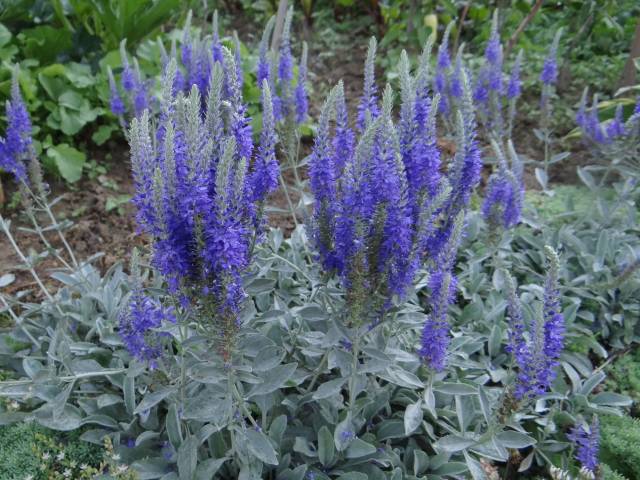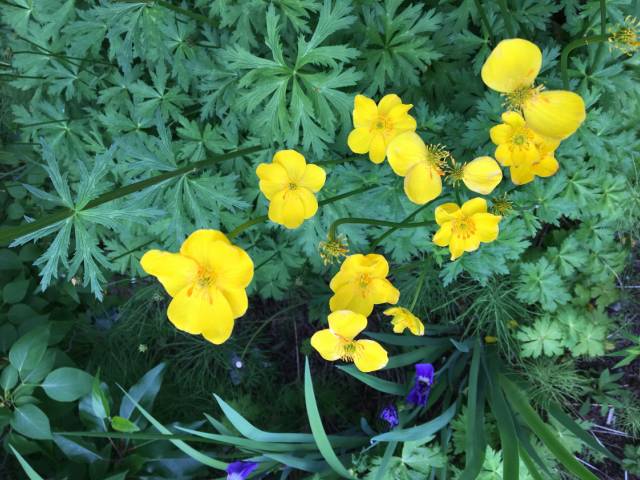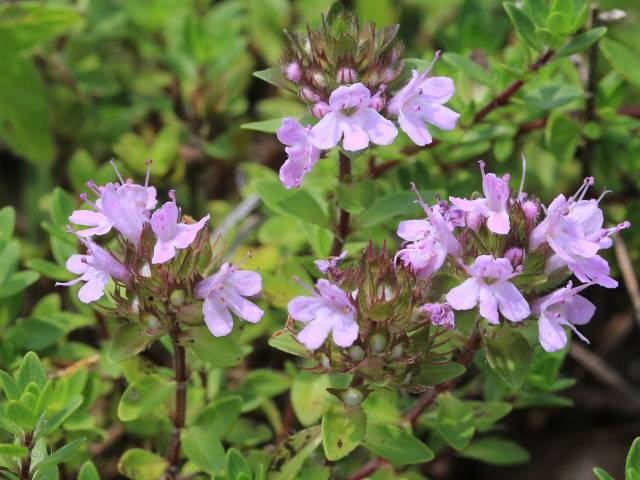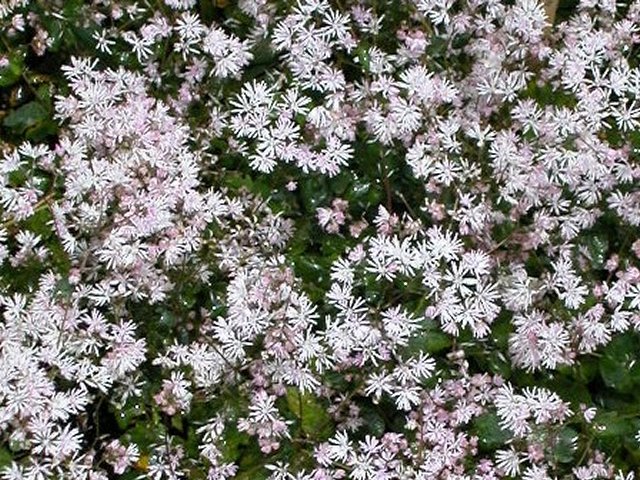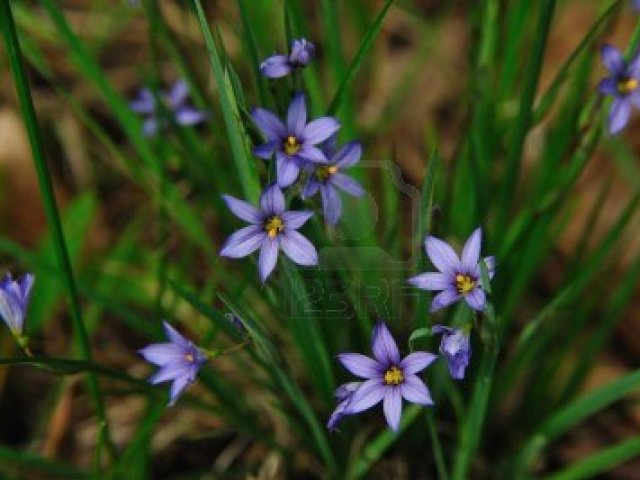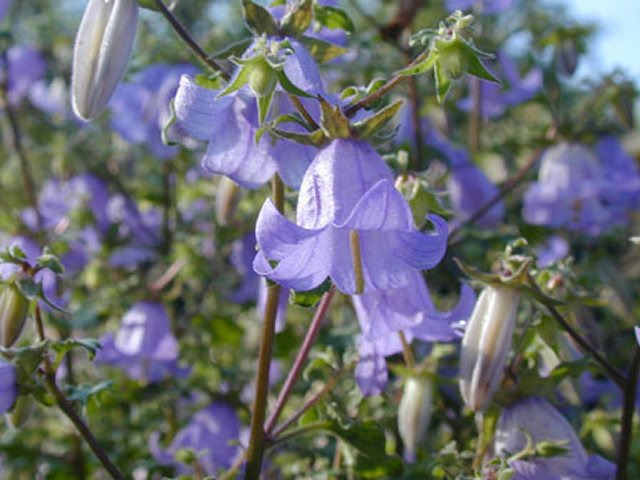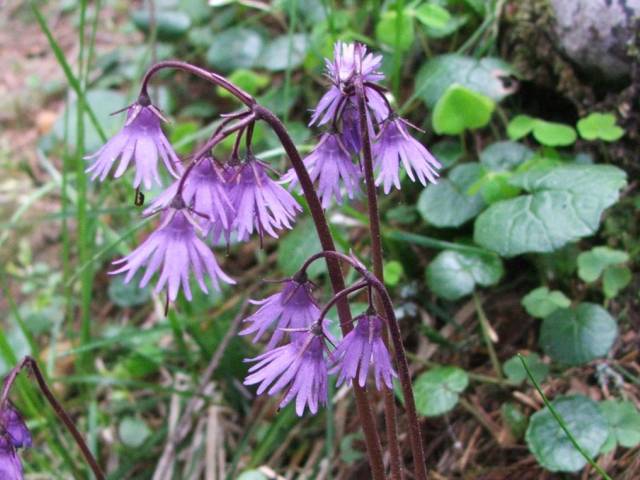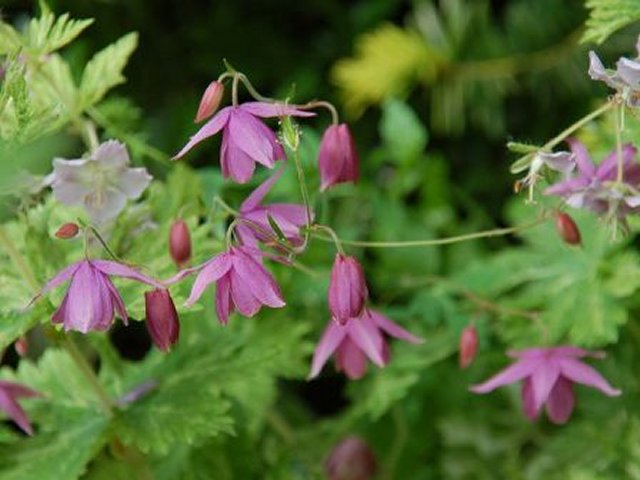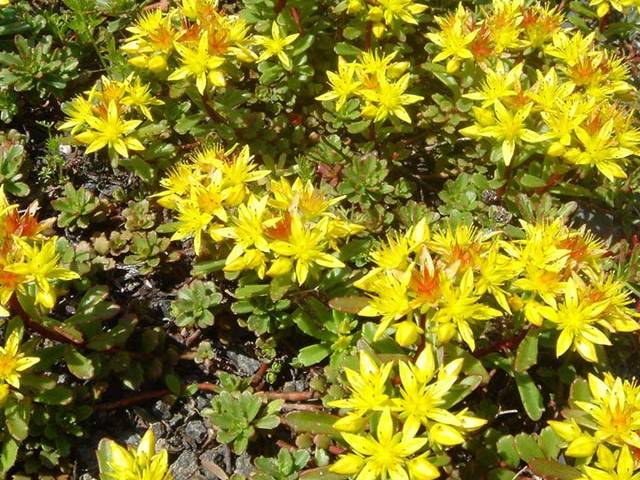Hardy Plants
Woodsii ilvensis
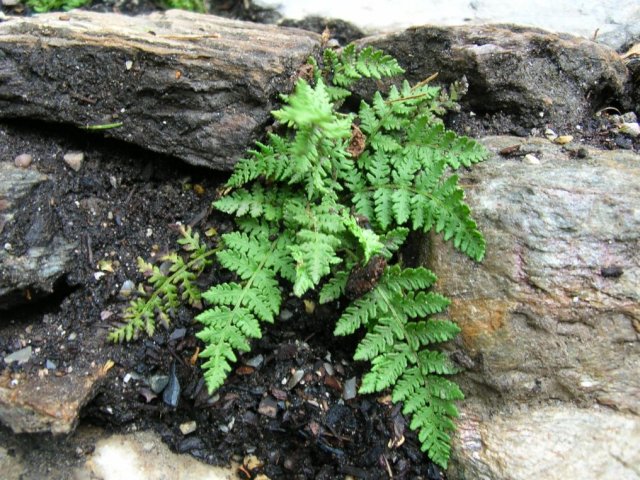
Type: Hardy, deciduous fern
Family: Woodsiaceae
Color: green fronds
Exposure: full sun; shade from hot afternoon sun
Bloom Month: summer (spores)
Height: 2-10”
Shape: clumps
Soil: rocky slopes; thin, dry, acidic soils
Moisture: moist, well drained; draught causes dormancy in hot summers
Origin: North America and northern Eurasia
Hardiness Zone: 3-5
Propagation: From spores or careful division
Notes: Also called Rusty Woodsia or oblong woodsia; considered “Threatened” or “Endangered” in the states of Illinois, Iowa, and Maryland and “Presumed Extirpated” in Ohio

